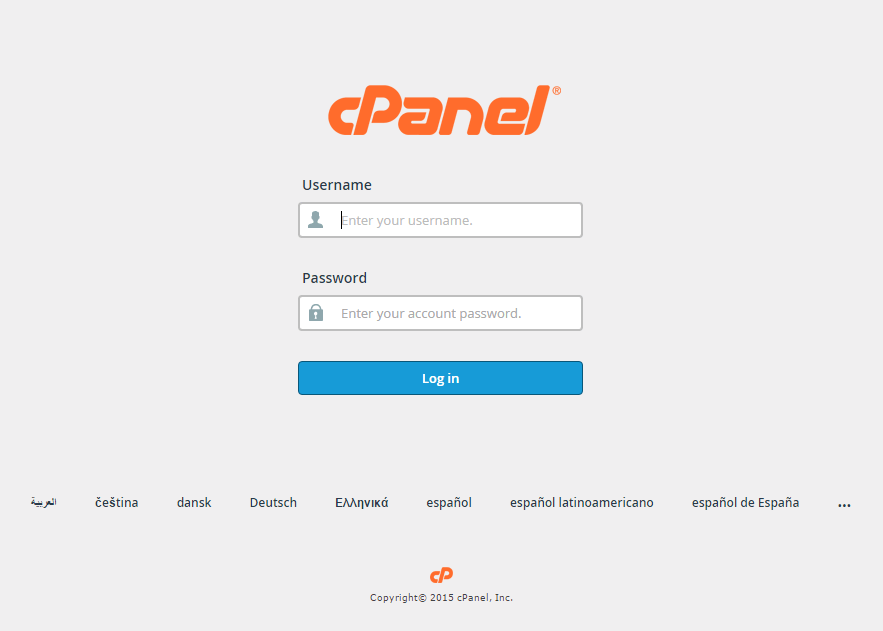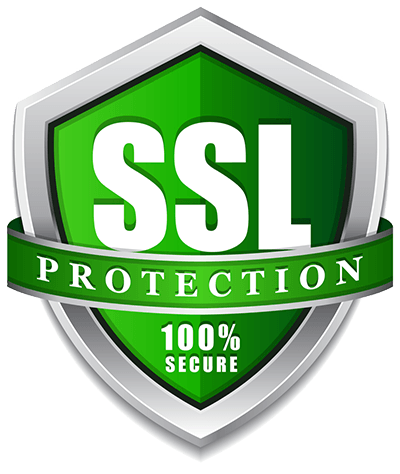SSL Installation: cPanel 11.x (Paper Lantern Theme-Modern)
The following instructions will guide you through the SSL installation process on cPanel (Paper-Lantern Theme Modern).
- Make sure you have all the following files saved before proceeding:
- Your Server Certificate – This is the certificate you received from the CA for your domain. You may have been sent this via email. If not, you can download it by visiting your Account Dashboard and clicking on your order.
- Intermediate Certificates – These files allow the devices connecting to your server to identify the issuing CA. There may be more than one of these certificates. If you got your certificate in a ZIP folder, it should also contain the Intermediate certificate(s), which is sometimes referred to as a CA Bundle.
- Your Private Key – This file should be on your server, or in your possession if you generated your CSR from a free generator tool. On certain platforms, such as Microsoft IIS, the private key is not immediately visible to you but the server is keeping track of it.
- Log in to cPanel, this can typically be accessed by going to https://domain.com:2083.
Note: You may encounter the error message “Your connection is not private” or something similar when attempting to visit your cPanel login page. This is caused due to your login page using a self-signed certificate by default. Please disregard this and proceed past the error message.
- Enter your Username/Password and click Log in.

- View your cPanel Home page.

Note: Older versions such as X3 Theme-Classic may not look like the image above, but should still contain the same concept and category structure.
- Navigate to the SSL/TLS Manager page by scrolling down to the Security section and select the SSL/TLS button.
- Note: You can also navigate to the SSL/TLS Manager page by utilizing the Search Feature at the top right of the cPanel home page and search “SSL”.
- Your SSL/TLS Manager page will allow you to manage everything related to SSL/TLS configuration for cPanel.

- Select Manage SSL Sites under Install and Manage SSL for your site (HTTPS).
- Change the Domain dropdown to the appropriate domain name.

- Copy and paste your Certificate Files into the appropriate text box(s).
- Certificate (CRT) – This is your server certificate that was issued to your domain(s).
Note 1: cPanel should automatically fetch the Certificate (CRT) text if you previously uploaded the server certificate in the “Generate, view, upload or delete SSL certificate” section of your SSL/TLS Manager and selected the correct domain name above in the drop down.
Note 2: If you received the certificate in a ZIP file, click “Extract All” and then drag your server certificate into a text editor such as Notepad. This will allow you to copy all text contents needed including “—–BEGIN CERTIFICATE—–“ and “END CERTIFICATE—–“.
- Private Key (KEY) – This is your private key that was created during the generation process.
- Note 1: cPanel should automatically fetch the Private Key (Key) text if you previously created the Certificate Signing Request (CSR) in the “Generate, view, or delete SSL certificate signing requests” section of your SSL/TLS Manager and selected the correct domain name above in the dropdown.
Note 2: If you made the CSR and private key outside of your cPanel account and failed to save the files, you will have problems proceeding and may need to re-issue the SSL certificate with a newly created key pair. - Certificate Authority Bundle (CABundle) – This is your intermediate certificates that allow browsers and devices to understand who issued your trusted certificate.
Note 1: cPanel should automatically fetch the CA Bundle from a public repository.
Note 2: If you have multiple intermediate certificates, paste each of them one after another to create the correct certificate chain/path.

- Click Install Certificate.
Note 1: You are not required to “Enable SNI for Mail Services.” Server Name Indication (SNI) should only be used if multiple hostnames are being served over HTTPS from the same IP address.
Note 2: You or your web host may need to restart the Apache server before the certificate will work.
Congratulations! You’ve successfully installed your SSL certificate! To check your work, visit the website in your browser at https://yourdomain.tld and view the certificate/site information to see if HTTPS/SSL is working properly. Remember, you may need to restart your server for changes to take effect.



